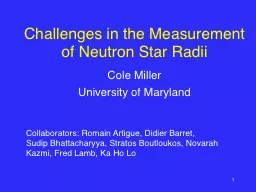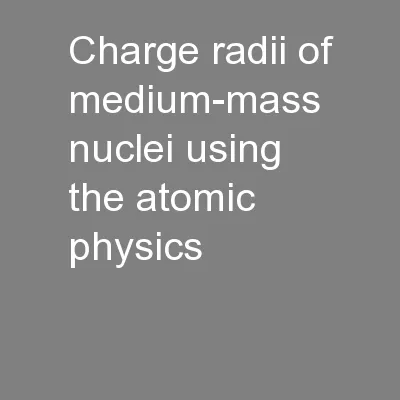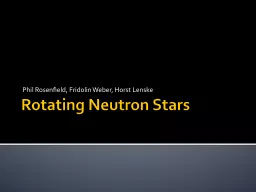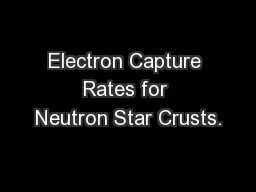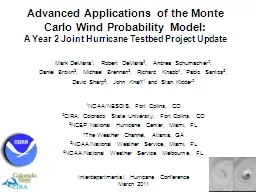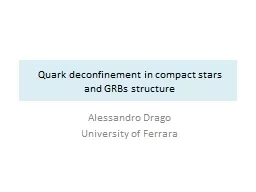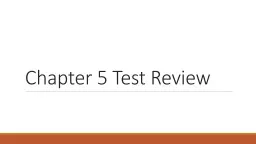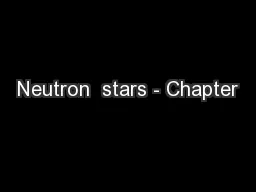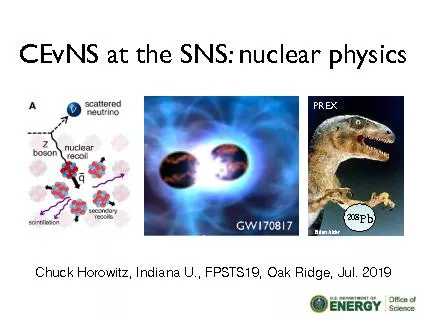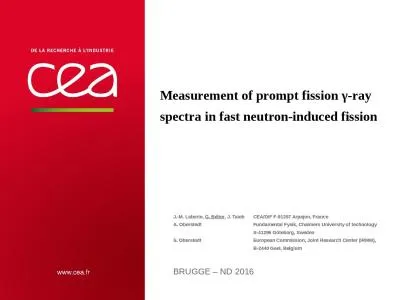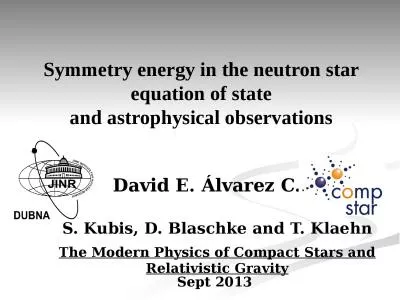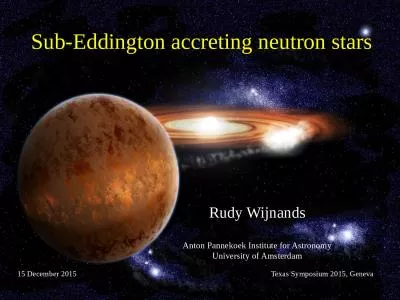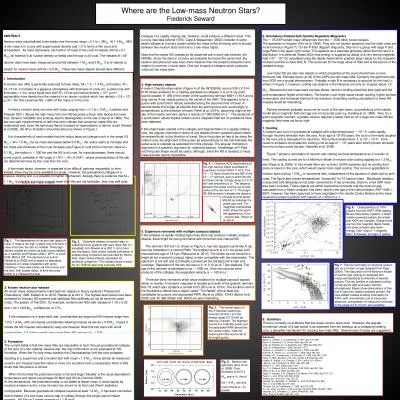PPT-Challenges in the Measurement of Neutron Star Radii
Author : pamella-moone | Published Date : 2016-05-11
Cole Miller University of Maryland 1 Collaborators Romain Artigue Didier Barret Sudip Bhattacharyya Stratos Boutloukos Novarah Kazmi Fred Lamb Ka Ho
Presentation Embed Code
Download Presentation
Download Presentation The PPT/PDF document "Challenges in the Measurement of Neutron..." is the property of its rightful owner. Permission is granted to download and print the materials on this website for personal, non-commercial use only, and to display it on your personal computer provided you do not modify the materials and that you retain all copyright notices contained in the materials. By downloading content from our website, you accept the terms of this agreement.
Challenges in the Measurement of Neutron Star Radii: Transcript
Download Rules Of Document
"Challenges in the Measurement of Neutron Star Radii"The content belongs to its owner. You may download and print it for personal use, without modification, and keep all copyright notices. By downloading, you agree to these terms.
Related Documents

